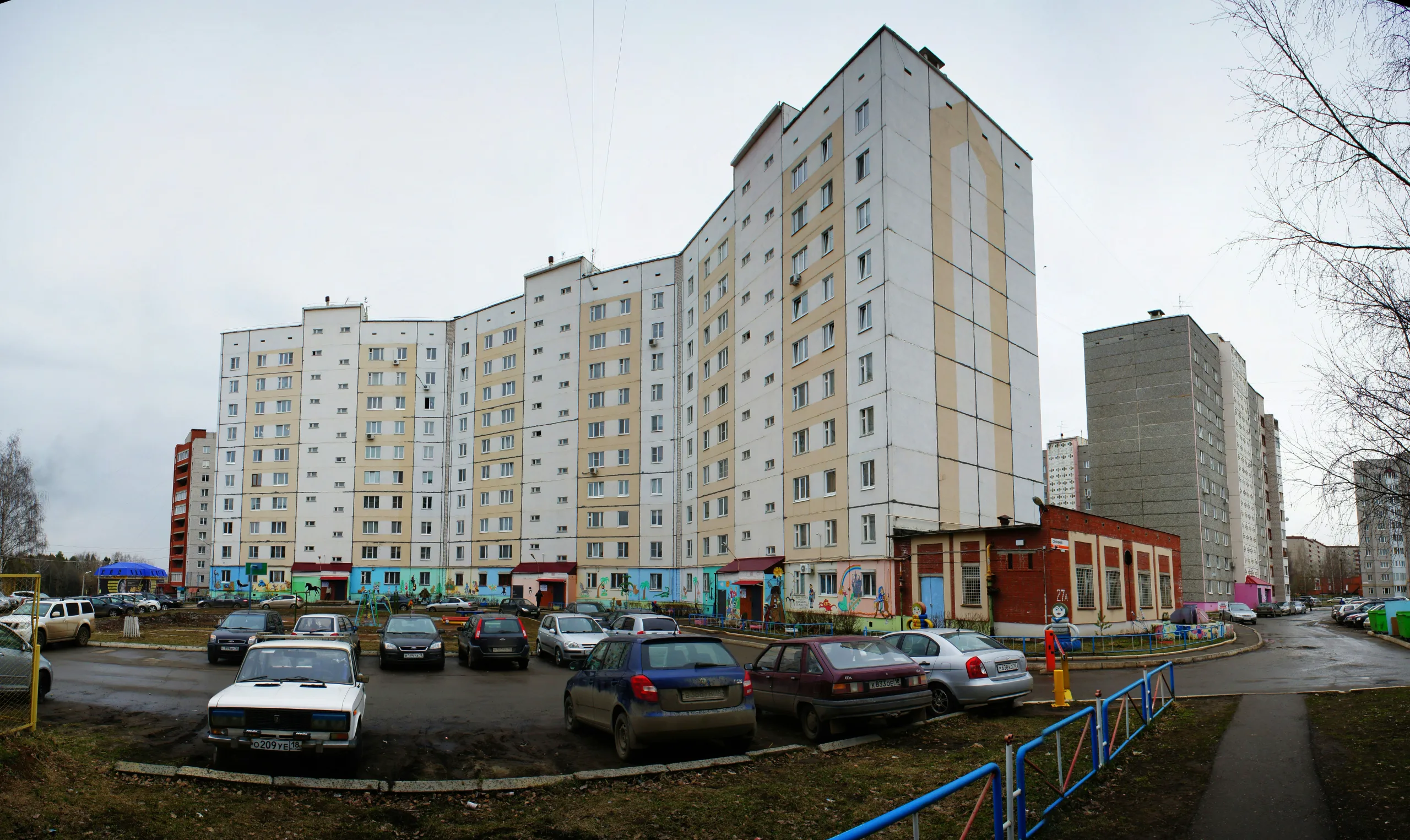Top Challenges in Residential Community Management in 2025
Life within a tight-knit residential community is peaceful and secure, but comes with a substantial amount of responsibility. A community does not run like a well-oiled machine by itself.
The members must collaborate, engage, and address complex issues together. From managing the building’s upkeep to handling zoning laws, there’s a lot that goes into ensuring hiccup-free operations.
There is simply a lot to juggle for volunteer board members who already have full-time jobs and personal commitments. To manage these complexities, many communities resort to property management companies for HOA that take on administrative and operational duties on behalf of the board.
These companies handle everything from maintenance coordination and budgeting to ensuring compliance with local laws and fostering resident engagement.
This article will laser-focus on the specific operational hurdles these communities face in 2025 and the practical solutions to overcome them.
Financial Sustainability and Rising Costs
Managing financial sustainability is a growing challenge for residential communities, especially when costs keep climbing. From routine maintenance to more extensive repairs, everything seems to be getting more expensive.
For example, between Q3 2022 and Q3 2023, home maintenance costs saw an increase of $400, rising from $6,146 to $6,548. That’s a significant jump, especially when budgets are already stretched thin.
The home maintenance inflation is real and is affecting the overall financial health of the community. For residential communities managing shared pools, landscaping, and building repairs, this increase can drain out the budget more quickly than you’d expect.
The solution? Better financial planning, obviously.
Consider setting up a reserve fund that can cover unexpected expenses, renegotiate service contracts, or invest in energy-efficient solutions to cut down on long-term operational costs. Have transparent conversations with board members about reserve funds to help set realistic expectations.
Regular audits catch wasteful spending early. Variable-rate vendor contracts provide flexibility when unexpected costs hit. Building contingency funds specifically for emergency repairs prevents last-minute assessment fees that frustrate homeowners.
Environmental and Sustainability Issues
Green initiatives are one of the biggest priorities for residential communities today, something you cannot push to the bottom of your to-do list and forget about it. Energy prices have jumped by 13% from 2022 to 2025, according to fresh data.
Moreover, many areas in states like Ohio are paying $10-$27 per month extra for electricity due to their proximity to power-hungry AI data centers.
These rising costs make sustainability more than just an environmental talking point. Residents expect action when utility bills climb. Solar panel installations, LED lighting upgrades, and smart thermostats reduce long-term expenses while cutting emissions. Water-efficient landscaping lowers irrigation costs in drought-prone regions.
The solution requires dedicated funding. HOAs should establish a sustainability fund during the annual budget process, similar to reserve contributions, adds CAP Management.
This money gets earmarked specifically for green projects like converting to water-wise landscaping or HVAC electrification. Without designated funds, these initiatives stay stuck in the planning phase while energy costs keep rising.
Regulatory Compliance and Legal Challenges
Regulatory compliance is one of the trickier aspects of residential community management, especially in regions facing frequent natural disasters. Local laws are crafted to mitigate environmental risks, and failing to comply can result in heavy fines, legal actions, or worse, a disaster.
In places like Southern California, particularly in areas prone to wildfires, communities must follow strict building codes. After the catastrophic 2025 Palisades and Eaton wildfires, which resulted in up to $250 billion in losses, authorities reinforced regulations requiring fire-resistant materials, defensible space around structures, and strict zoning in high-risk areas. These steps are essential for protecting both property and lives.
Similarly, in flood-prone regions like Texas’s Hill Country, communities face floodplain management regulations that require proper elevation of structures to reduce flood damage. In Harris County, if a property is located below the base flood level, the floodplain must be clearly marked on all plan sheets.
Non-compliance can lead to increased flood risk, insurance issues, and even legal penalties.
The solution lies in smart planning and staying informed about local regulations. First, ensure that your community has a clear understanding of the specific laws that apply to your region. Collaborate with legal experts and local authorities to ensure that all properties within the community meet these regulations.
Regular audits and inspections can help spot potential compliance issues early. Additionally, make compliance part of your community’s budget and long-term planning.
Security and Safety Concerns
Residential communities are facing growing pressure to maintain safe environments for their residents. Security incidents damage reputation and erode trust quickly, making prevention a top priority for managers.
According to FBI crime statistics estimates, a violent crime happens every 25.9 seconds on average in 2024. Although overall crime rates for burglary and aggravated assault have increased in recent years, strategic security measures can significantly reduce risk.
What you need to do is create multiple layers of protection that deter criminals and respond quickly to incidents.
Install updated surveillance systems at entry points and common areas. Make sure lighting is adequate in parking lots and walkways. Access control systems with key fobs or digital codes limit unauthorized entry.
Periodic security patrols, whether by contracted guards or virtual monitoring services, provide visible deterrence. Communication protocols that notify residents about suspicious activity build community awareness. Emergency response plans that coordinate with local law enforcement ensure quick action when incidents occur.
The Art of Building Stronger Communities
Residential community management keeps evolving with new challenges each year. The communities that adapt quickly can stay ahead of problems instead of constantly reacting to them. Focus on the area that needs immediate attention, build momentum, and watch how small improvements create lasting positive change for your residents.





